Crew-4 will carry four astronauts to the station for a six-month stay.
SpaceX and NASA are targeting April 15 2022, for the launch of the Crew-4 mission to the International Space Station, agency officials announced yesterday (Sept. 7).
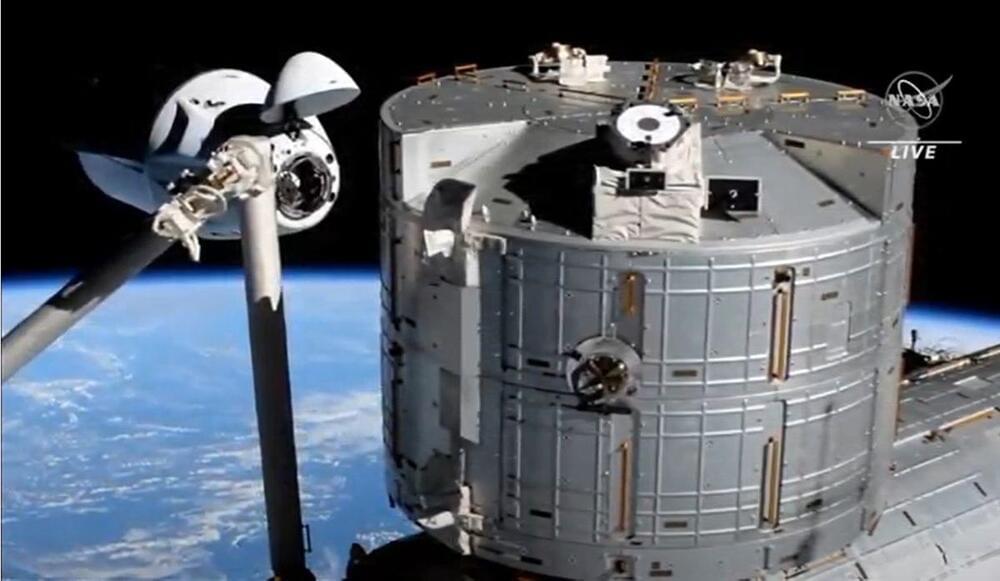

Researchers have developed artificial cell-like structures using inorganic matter that autonomously ingest, process, and push out material—recreating an essential function of living cells.
Their article, published in Nature, provides a blueprint for creating “cell mimics,” with potential applications ranging from drug delivery to environmental science.
A fundamental function of living cells is their ability to harvest energy from the environment to pump molecules in and out of their systems. When energy is used to move these molecules from areas of lower concentration to areas of higher concentration, the process is called active transport. Active transport allows cells to take in necessary molecules like glucose or amino acids, store energy, and extract waste.

Updated 2:45 p.m. Eastern clarify selection process.
NATIONAL HARBOR, Md. — Yahsat has selected SpaceX to launch its next-generation Thuraya mobile connectivity satellite in 2,023 the companies announced Sept. 8.
A Falcon 9 will launch the Thuraya 4-NGS satellite, being built by Airbus Defence and Space for UAE-based Yahsat, in the second half of 2023. The companies did not disclose terms of the launch contract.
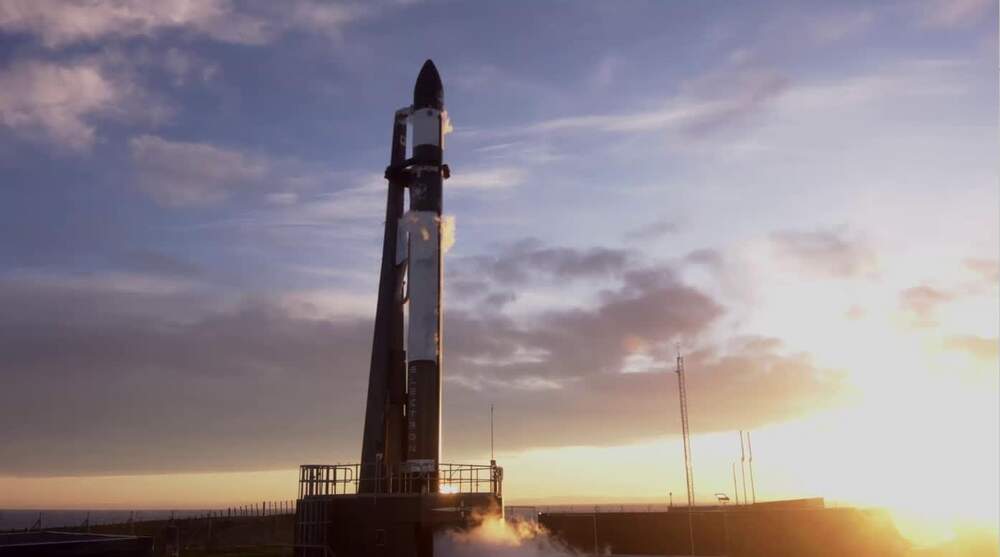
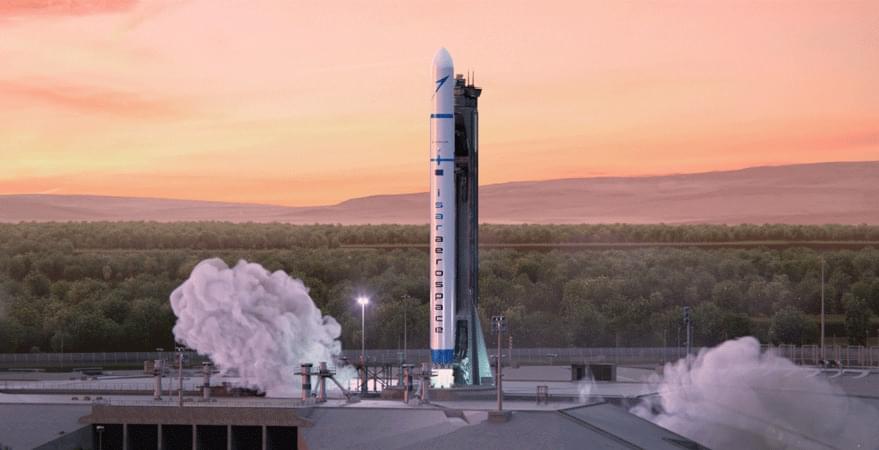
German launch startup Isar Aerospace has signed a contract with OroraTech to launch the company’s wildfire-monitoring cubesat constellation.
JOHANNESBURG — German launch startup Isar Aerospace has signed a contract with OroraTech to launch the company’s wildfire monitoring cubesat constellation.
Isar Aerospace is developing its two-stage Spectrum rocket to launch payloads of up to 700 kilograms to sun-synchronous orbit. The maiden flight of Spectrum is currently slated for the second half of 2022.
Under the contract announced Sept. 7 Isar Aerospace will conduct multiple Spectrum launches to deploy more than 10 OroraTech cubesats into sun-synchronous orbit between 2022 and 2026. OroraTech will also retain the option for additional flights to launch its full constellation of several hundred cubesats aboard Spectrum missions.
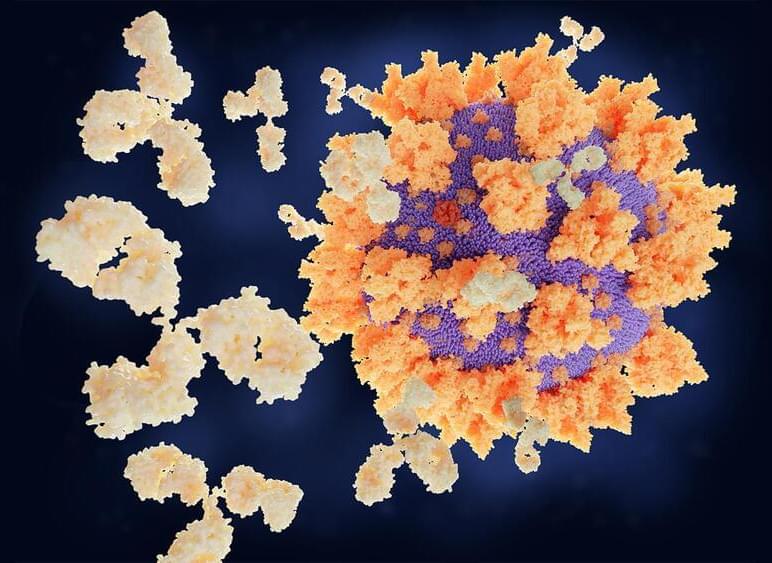
A newly discovered antibody was able to neutralize not only all strains of COVID-19, but other coronaviruses known to cause respiratory infections in humans — a potential silver bullet for a whole class of deadly, flu-like viruses.
Mutant viruses: As viruses spread, they undergo tiny genetic mutations, and when we find a unique version of the virus, we call it a new strain.
Occasionally, new strains appear that can spread more easily, evade the immune system, or cause more severe disease.
SpaceX’s under-development rocket is set to soar, and a new render shows how the ship will look with the booster attached.

Impossible Foods Inc.’s new faux-chicken nuggets go on sale at about 150 restaurants Tuesday, with a grocery rollout set to follow later this month, as food companies jockey for the new segment of the imitation-meat market.
Restaurants serving the nuggets include David Chang’s Fuku in New York City and Tal Ronnen’s Crossroads Kitchen in Los Angeles. They will also be available at regional chains such as Fatburger and some Dog Haus locations this week. By the end of the month, supermarkets including Walmart, Kroger, Albertsons and Safeway will sell the nuggets. More than 10,000 grocery stores will offer them by the end of the year, according to a statement from Impossible Foods.
The plant-based poultry product marks the company’s entry into the increasingly crowded category.
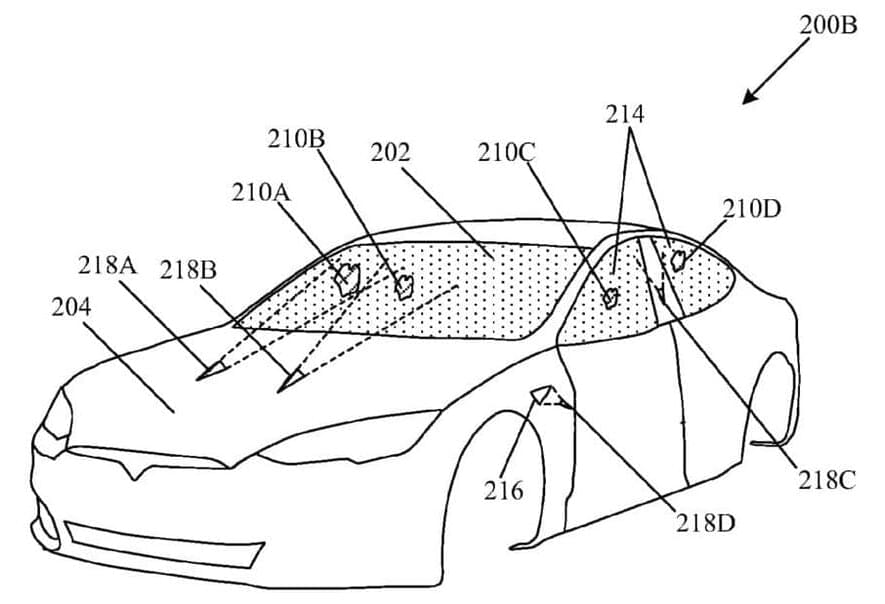
Tesla’s insane laser windshield wiper patent has been officially granted by the United States Patent Office this week. Filed in May 2,019 the U.S. Patent Office granted the application, giving Tesla an exclusive right for the invention.
Tesla has played around with several ideas for windshield wipers in the past. In fact, in February, the company had a patent approved for a new wiper design for the Roadster, which would utilize an electromagnetic linear actuator to rid the windshield of moisture. It would essentially move from one side of the windshield to the other with one wiper in one motion.
Tesla Roadster’s revolutionary wiper design secures U.S. Patent approval
It was a moment three years in the making, based on intensive research and design work: On Sept. 5 for the first time, a large high-temperature superconducting electromagnet was ramped up to a field strength of 20 tesla, the most powerful magnetic field of its kind ever created on Earth. That successful demonstration helps resolve the greatest uncertainty in the quest to build the world’s first fusion power plant that can produce more power than it consumes, according to the project’s leaders at MIT and startup company Commonwealth Fusion Systems (CFS).
That advance paves the way, they say, for the long-sought creation of practical, inexpensive, carbon-free power plants that could make a major contribution to limiting the effects of global climate change.
“Fusion in a lot of ways is the ultimate clean energy source,” says Maria Zuber, MIT’s vice president for research and E. A. Griswold Professor of Geophysics. “The amount of power that is available is really game-changing.” The fuel used to create fusion energy comes from water, and “the Earth is full of water—it’s a nearly unlimited resource. We just have to figure out how to utilize it.”